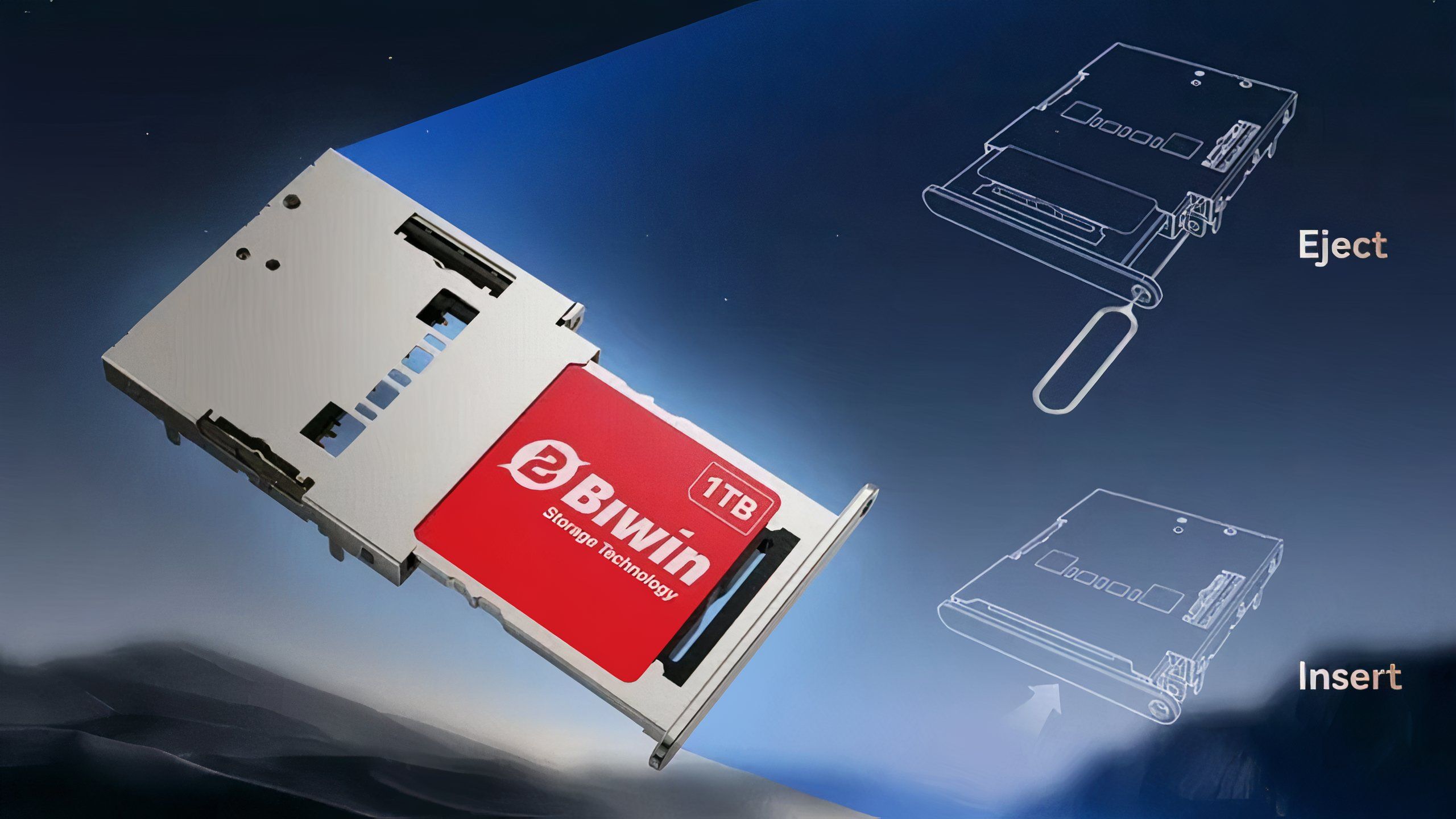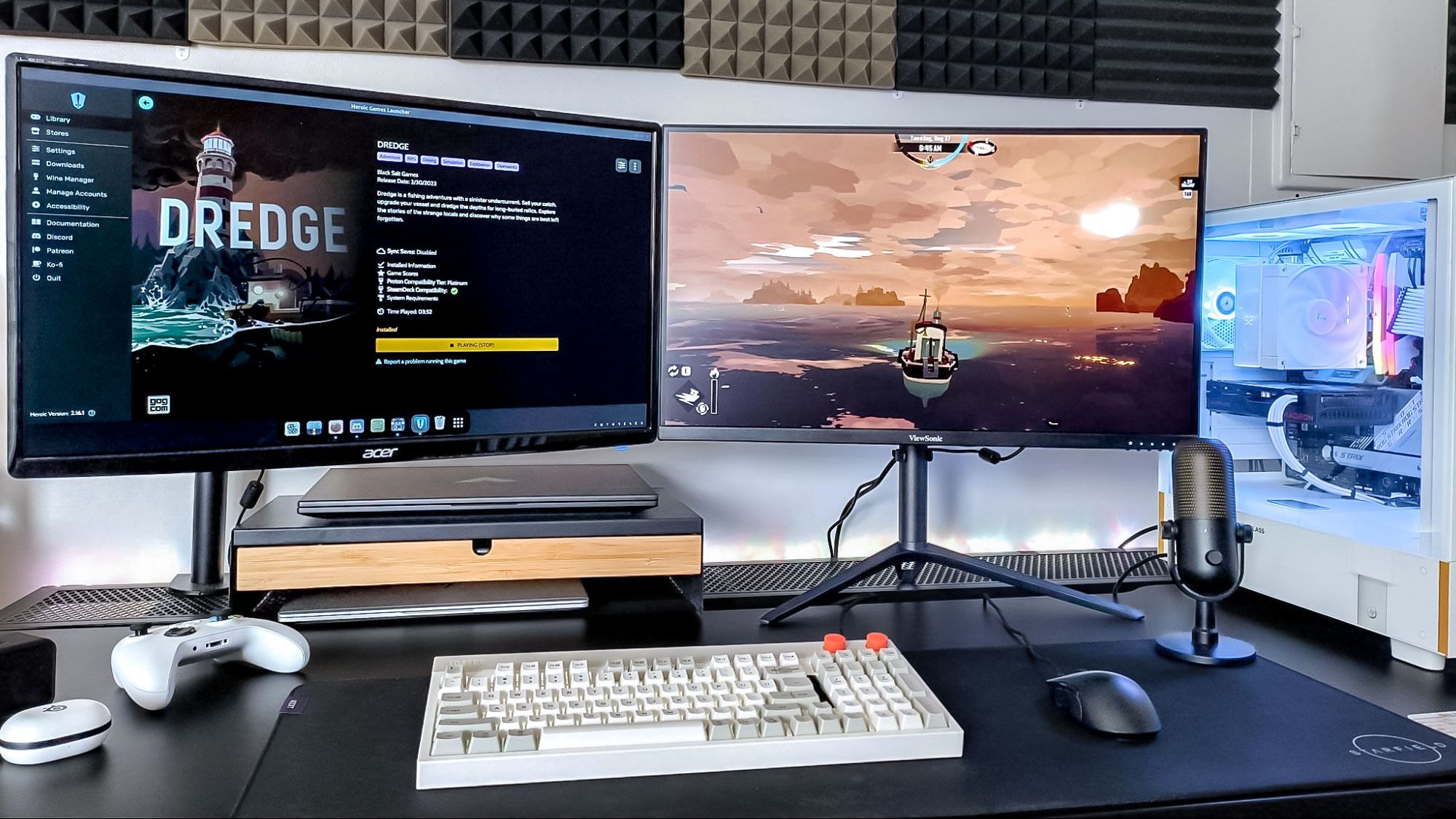Modern Linuxes are fully GUI and work closely enough the same as the Windows GUI that nobody should have a hard time with them, especially a consumer-grade Linux like Mint. OK, so the screen layout and general appearance might not be the same as Windows, but beauty is only skin deep and functionally all you need to do is get used to where things are, and that double-right-clicking a file name does not let you edit it (rename is on a context menu)! The vast majority of hiccups the non-techy user might have had with varieties of Linux are gone. Installation is a breeze, and try-before-you-commit because mostly you just download an ISO and boot it (from optical, USB, or HDD) and it runs from the ISO without installing (until you decide to install). Unless you have exotic hardware to support, drivers required will be auto-detected and installed at boot. Printer and scanner support is sorted. Windows-type file systems are supported (FAT32, NTFS...). Fonts are sorted (and you can even import your TrueType fonts from Windows). Lots of apps come pre-installed, but can be removed easily (if required) and replaced with preferred apps from a software manager. ALL FREE (but you can support projects with help or donations).
I don't mind (and approve of) paying for something which is useful to you, but the M$ ecosystem takes the pee with subscription models, data harvesting, lock-ins, and enforced unwanted updates which change things you don't want changed. None of that in Linux.
There is no need to use M$ for anything "home office" (by which I mean word processing, spreadsheets etc, email, web browsing, but I'll qualify that later). The .odt, .ods... (Open Document) format is competent and I switched to that rather than .doc, .xls (etc). LibreOffice (using ODF natively) is available for Linux and Windows but I actually prefer the Apache OpenOffice variant and was using it on Windows before I built my tower. There is even an OpenOffice port for iPad.
You must however be aware that .odt is a different language than .doc/.docx. It's like the difference between (say) English and Spanish (this is not so much about Linux vs. Windows as the Open Document Foundation vs. M$Office – you can use both on Linux or Windows, and you might want to stay with Windows but ditch M$Office). Mostly the differences won't affect casual users wanting to knock up a letter or something, both work very similarly, but if you are more serious about your word processing you will find that (for example) Word uses document sections to control the page layout in different parts of a document, whereas ODF uses page styles.
This seems a minor point at first sight, but it means it's not so easy to switch between the two as vendors make out, and complex documents authored in Word must not attempt to be edited in an ODF-native WP, or vice-versa. Yes, LibreOffice will read .doc, and MSWord will read .odt, but internally there is a translation going on and some of the nuances get lost or there may even be gross misunderstandings. It's like translating from (say) English to Spanish and then back to English – the gist may be right, but the details are lost in translation. In the case of WP, your page layouts will probably not survive especially if you have multiple page styles or document sections.
My solution to that (years ago) was to standardise on ODF, but if you have to collaborate with Word users, you will have to continue to use Word.
Spreadsheets are a bit different. The LibreOffice/OpenOffice spreadsheet app is plenty good enough for casual users, but M$Excel continues to evolve and has capabilities ODF is trailing behind. Nonetheless, I am happy with what I can do in ODF.
The same arguments apply to graphics, presentation, etc etc etc. These can all be done in Linux with native Linux apps, but you will probably find they are not totally compatible with existing work produced using Windows apps. If that is of little relevance to you (perhaps you don't have an existing body of work), then just use Linux apps from the outset.
Web browsing and email is... well, just web browsing and email. You wouldn't notice any difference, and web browsers are the same everywhere. If you are heavily reliant on Outlook (why??), perhaps you would have more trouble.
Some Windows software can be run in Linux using a "wrapper" called Wine, which acts as a translation layer, so not all is lost even if you do use apps not available in Linux. Another possibility is to run Windows in a virtual machine under Linux, which then gives the apps a full Windows to run in and yet appear on a Linux desktop alongside native Linux and Wine apps, and if there were a way to "virtualise" my existing WIn7 installation complete with installed apps I would have done it by now! Unfortunately I probably need to set up a new Windows in a VM, and then re-install my apps (along with any user credentials... hmm). I'm time-poor, so doing productive things trumps trying to set up a new/better way to do productive things!
Here are the things I still have to boot up my Win7 for:
1. "CorelDRAW!" sic. (vector graphics design). I wouldn't want to pay for a new edition (although I would consider it), but so far as I know it's not available as a Linux runtime. If you are fresh to vector graphics, use Inkscape (available Windows and Linux). As a seasoned Corel user (at least 30 years!), I found adapting to Inkscape difficult, and I would rather carry on using my (old version of) CorelDRAW! (despite the ridiculous name), but that's a learning thing and if you're starting new you might as well learn to use Inkscpe. According to all sources, CorelDRAW! won't run in Wine, and I'm not sure how I would re-install my CorelDRAW! even if it did.
2. Foobar2000 (music player, AKA "FB2K"). I have an extensive curated collection of .mp3s, and use my notebook as a central repository and "organiser" while my library actually gets played using Win7 netbooks as portable music players. FB2K is highly user-configurable (unlike most media players), so it is set up to do exactly what I want it to do without any additional features I don't need. FB2K can be run in Wine, I just haven't committed time to transferring everything, and anyway...
3. Audacity (audio editor). I have yet to research what I can do with this in Linux, it might be available.
4. MP3Tag (media file mass tag editor). I'm pretty sure this will work in Wine, just not got a round tuit. Obviously the last three items need to moved en bloc.
5 & 6. Serif PhotoPlus and MoviePlus (photo editing and video editing). Same arguments as CorelDRAW!, although it would not surprise me if they will run in Wine. I sometimes use GIMP for photo / raster graphics editing in Linux, but again I am far more comfortable (therefore more productive / quicker) using PhotoPlus, and so far as video editing is concerned I have not yet found a Linux editor which makes any sense at all to me (might just be a question of persistence). I am more likely to use the facilities I have on my iPad (iMovie), but still fall back on MoviePlus for some edits.
7. Micro-Cap EDA (circuit diagrams and simulation). I've tried running this in Wine, and it sort-of runs, but not very well. There are Linux apps to do this, but I have a continued interest in Micro-cap for user-support reasons.
8. Silhouette Studio. Really, that completely stuffs me for ditching Windows entirely and I'm not sure what I would do if the notebook gave up the ghost. Silhouette is the dedicated app for my Cricut cutter/plotter, and so far as I know is only available for Windows. The first thing would be trying to install it in Wine, but then it has to communicate with the plotter by USB so it might not have driver support (although you never know – the device type might be some kind of generic plotter).
Everything else, or at least everything else I can think of at the moment, I do on Linux Mint (or the iPad, like now). That includes my 3D CAD, and "slicing" (conversion from a 3D model to a 3D-printable file). I'm hoping WinBoat might change the situation!




